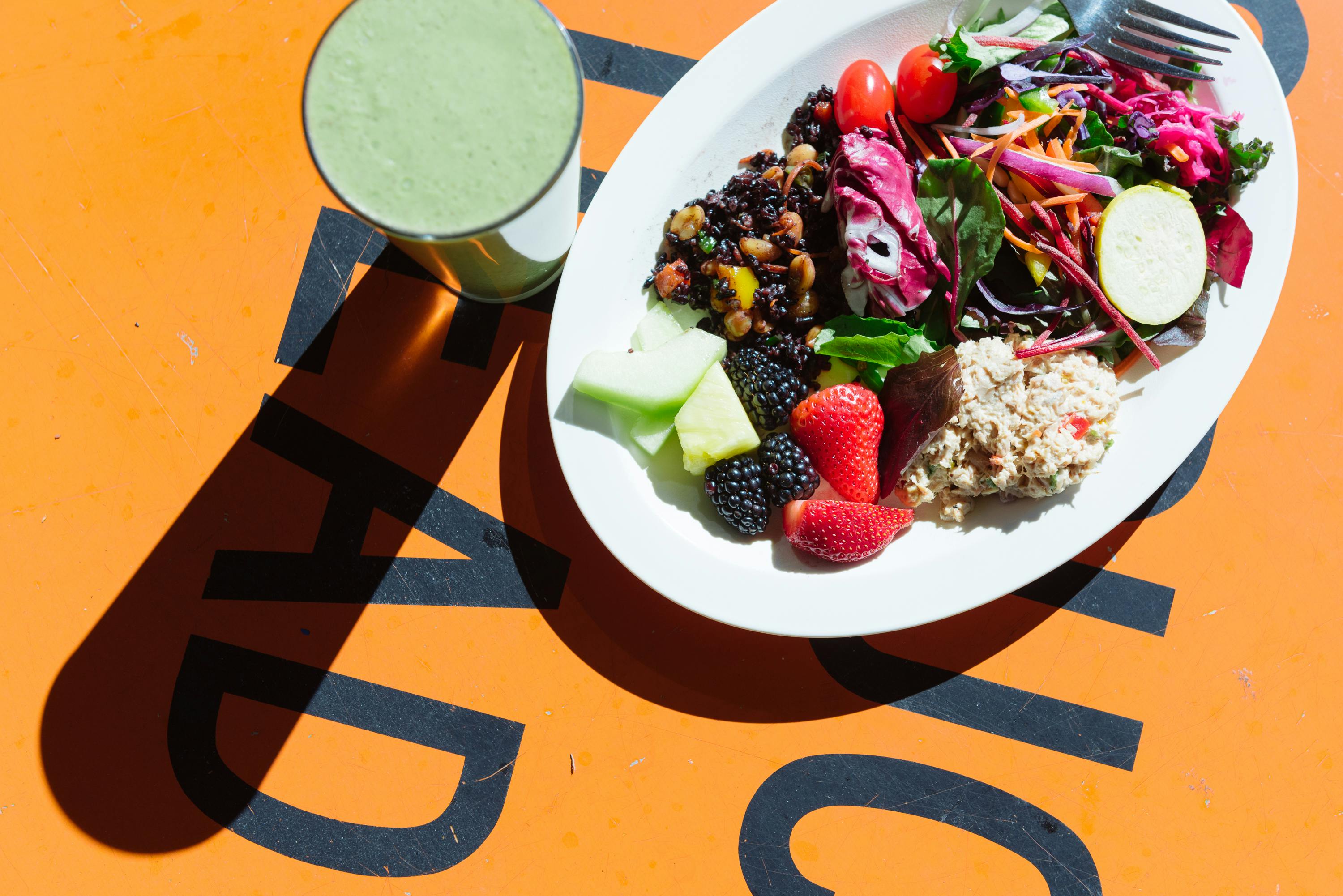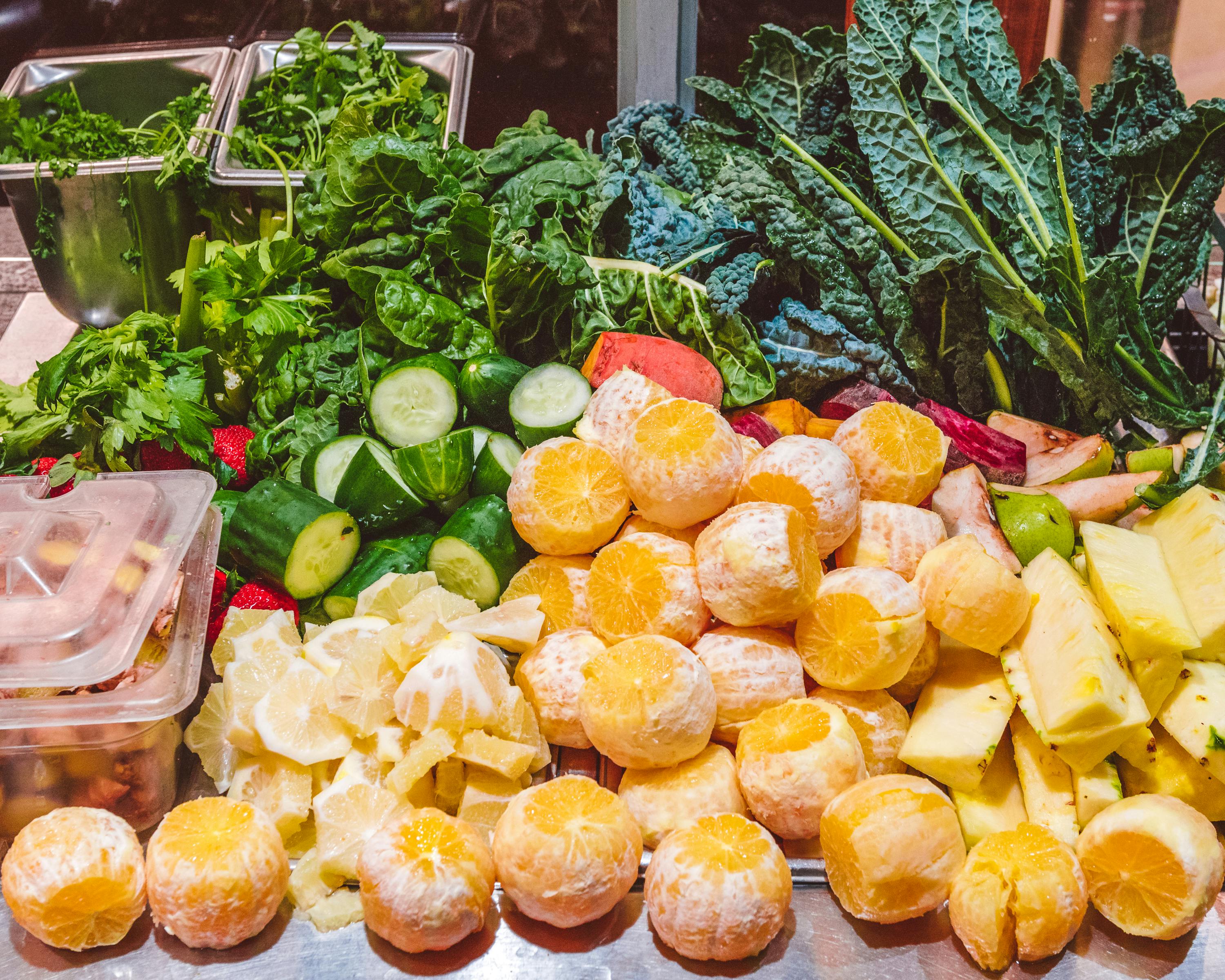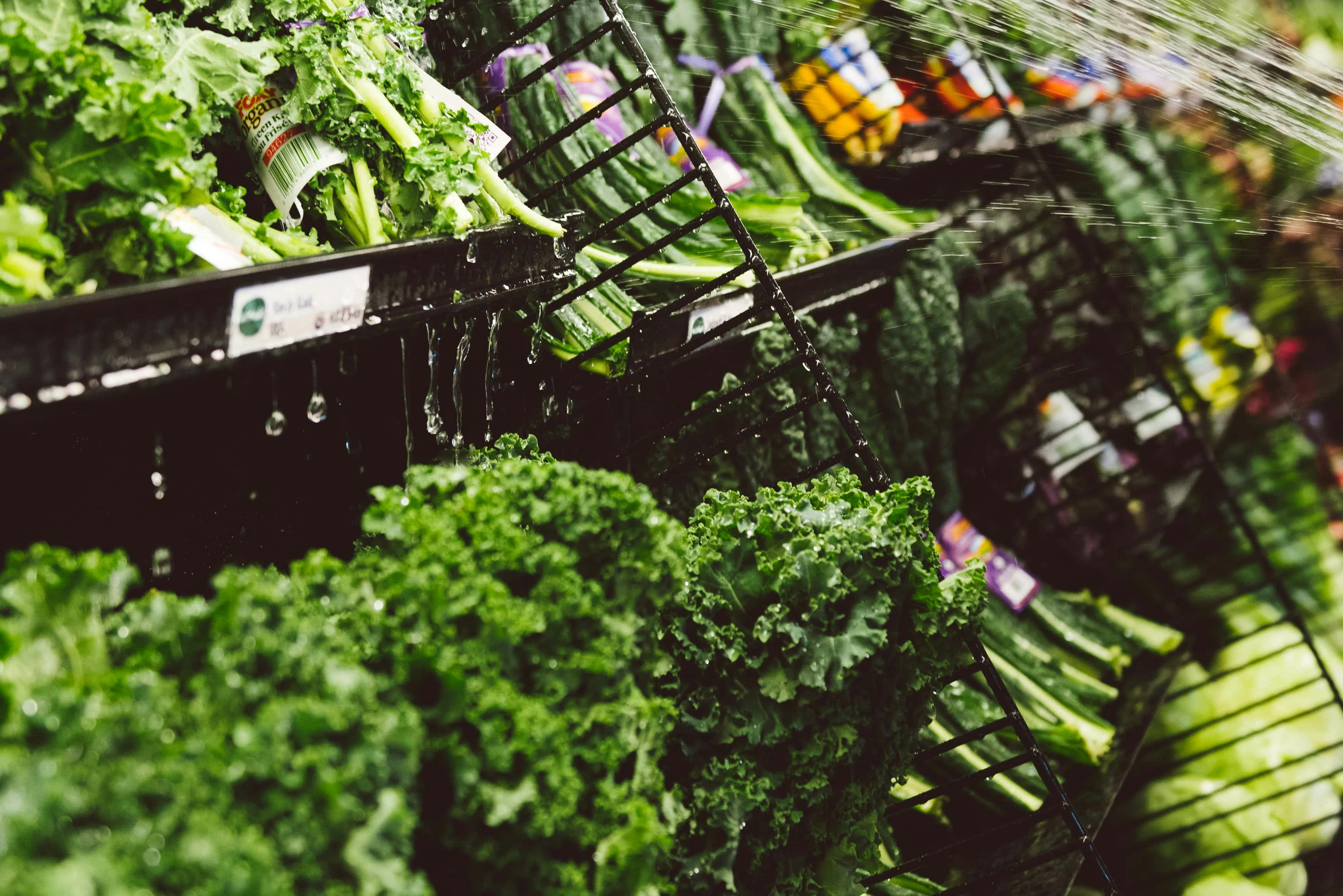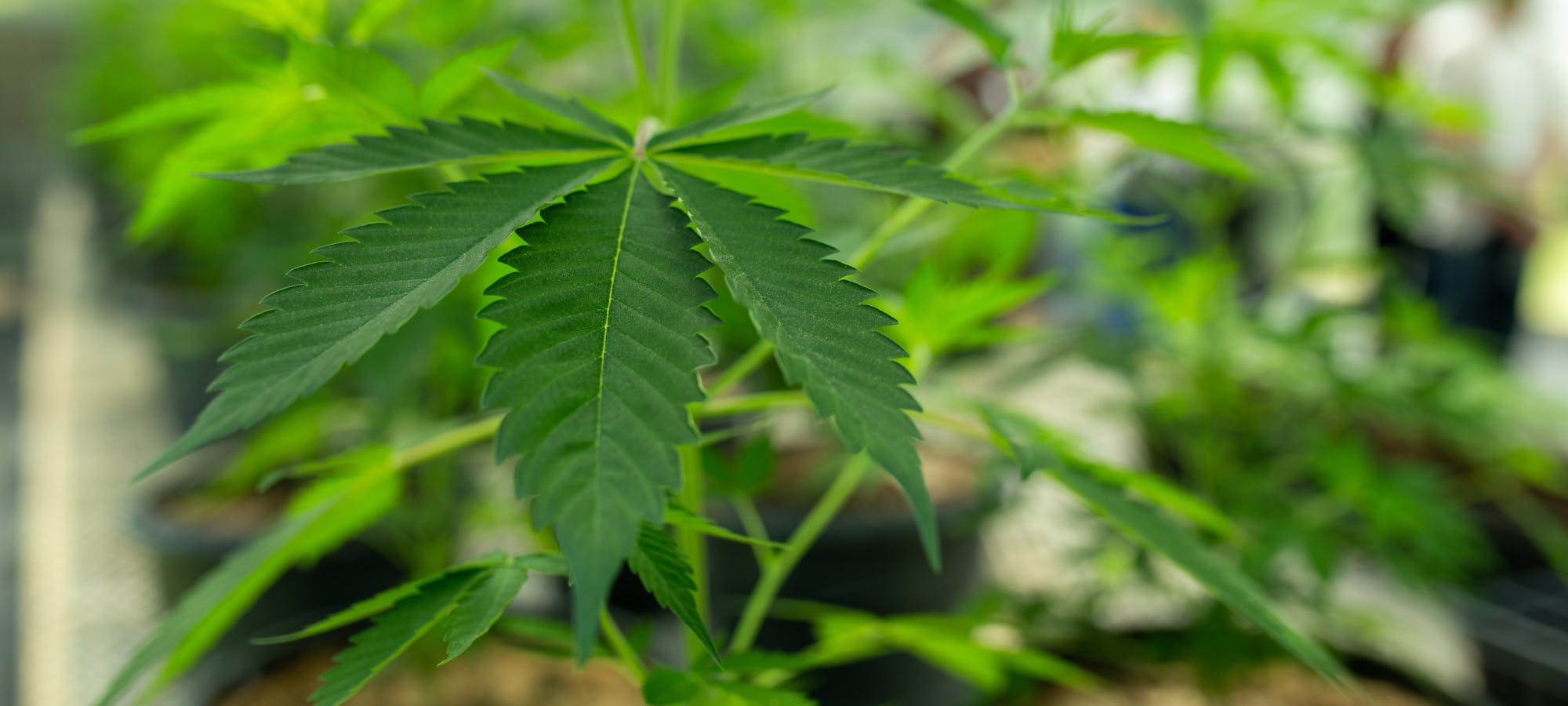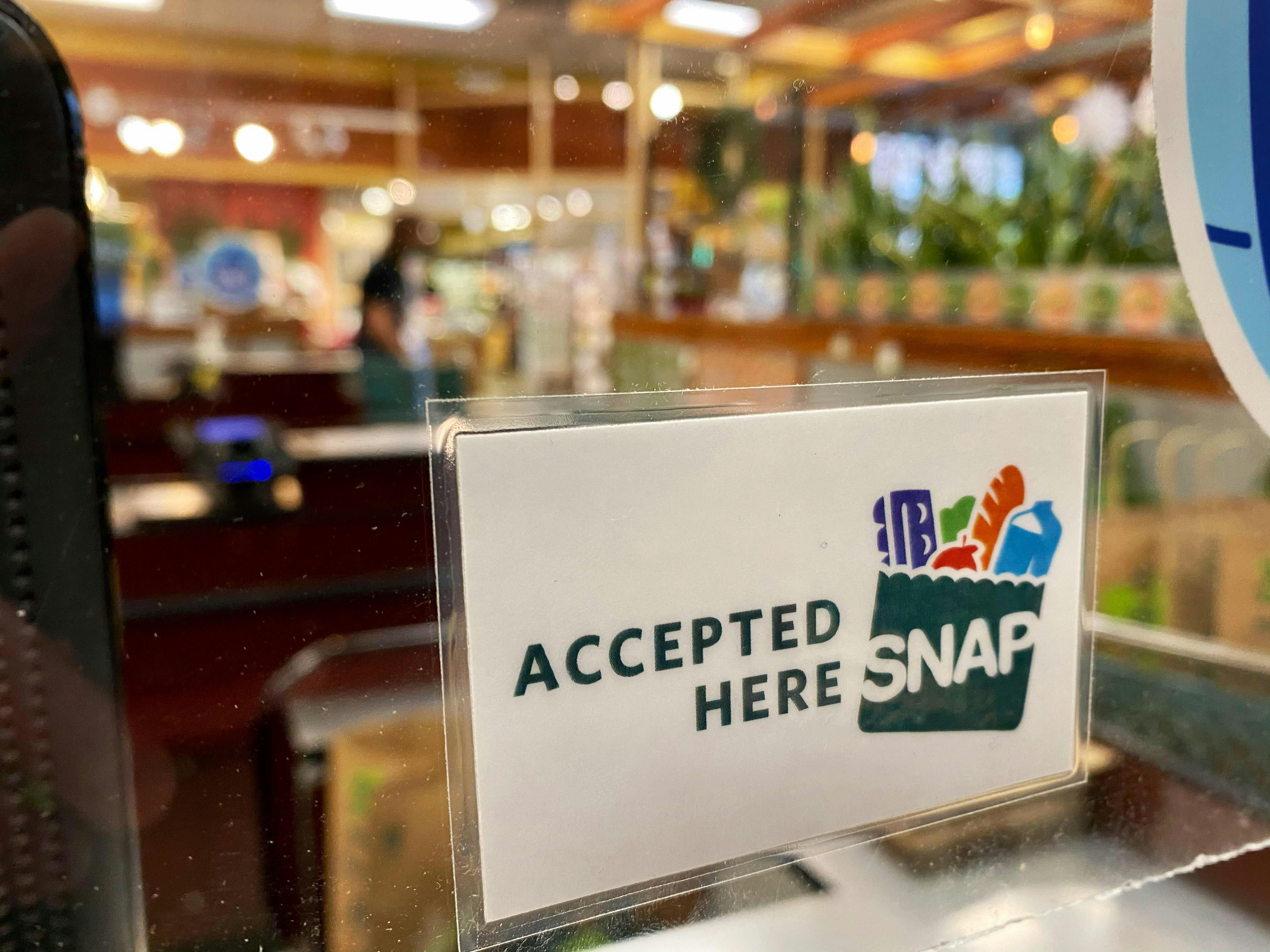Over the last few weeks, I’ve heard a common thread of questions from my health coaching folks regarding whole grains. They’ve heard about or read “Grain Brain”, went on the internet and now are terrified of eating grains. This usually happens every few months when a new book comes out or a health fad passes around about a specific food or group of foods that become the scapegoat for all chronic disease and inflammation. Granted, there are _always_certain people who cannot tolerate certain foods and react poorly to certain foods which, clearly for them, they should not eat. Grains, however, I am usually pretty hesitant to clear completely from my diet, and there are a few reasons why:
- Our species is inherently bound together by our dependence on grain. For centuries civilizations relied on grains for survival, from rice to millet to wheat and barley, we have a long tradition of eating and tolerating a variety of grains. With centuries of grain consumption, I’m hesitant to think grains are the entire cause of all inflammation and disease and why our brains are struggling.
- They have a rich energy and a full bodied, nutritious taste when eaten in their whole form. They provide countless minerals and good fiber, proteins and healthy carbohydrates. Consuming even 2 servings of whole grains daily has been shown to decrease the risk of cardiovascular disease and raise our HDL (good cholesterol) while at the same time helping to balance our insulin levels.
- There are so many whole grains to choose from, incorporating them int your diet never gets old or boring. Here are some cooking tips for a few select grains:
1 cup whole grain | Water (in cups) | Cooking Time | Yield (in cups) | Other notes
- Amaranth | 1 ½ | 20 Minutes | 2 | Nice with casseroles and stews
- Barley (pearl)| 2 ½ | 40 Minutes | 3 ½ | First cultivated grain, contains gluten, pearled is slightly refined, high in fiber and protein, low glycemic
- Buckwheat | 2 | 12 Minutes | 3 ½ | Technically not a grain, high in silica, lysine & vitamin E
- Millet | 2 ¼ | 20 Miniutes | 4 | Yes! It is bird food! Rich in iron and thiamin
- Oats (whole, steel cut) | 2 | 45 Minutes | 2 ½ | Can buy gluten free varieties. Rolled oats takes 10 minutes to cook
- Quinoa | 2 | 15 Minutes | 3 | Complete protein, 16-20% protein
- Rice (basmati)| 1 ½ | 20 Minutes | 3 | Rich in silica, higher glycemic load than barley, quinoa, millet and many others
- Teff | 4 | 20 Minutes | ? | From Africa, high in iron. Delicious added to muffins and baked goods
Cooking times may vary slightly. You can keep cooked whole grains in the refrigerator for 3 days. Cook larger amounts and store in the freezer for convenience.
So why are grains called out for causing all of this health trouble now?
Well, grains are a major major cash crop in the US, and corn and wheat are heavily laden within most all of our processed and fast foods. As a society, a typical American diet is bombarded with fast food, packaged meals, boxed mixes and processed carbohydrates riddled with processed (not whole) grains and GMO’s. Any food eaten in excess (not to mention genetically modified…) are usually the most detrimental to our health. My favorite Ayurvedic and dietary writer, Maya Tiwari says individual foods eaten in excess, “consume a large amount of energy during digestion, weaken the digestive fire, and disturb the process of vital tissue transformation that follows digestion”, so eating copious amounts of corn and wheat, every single day in almost all of our meals would certainly cause some disruption. The same can be said for sugar, dairy, fruits, meat, starchy vegetables or anything, really, eaten in excess. Remember…balance?
Also, and most importantly I think, grains are not prepared like they were when our ancestors would eat them. The sacred act of cooking and preparing grains has left our culture, and most of us eat grains in the form of boxed meals and processed breads. The whole grain form (the traditional way of eating grains) keeps the germ (or bran) and endosperm of the grain in tact, providing a much higher nutrient capacity. We would rinse, soak, massage and kneed our grains into their prepared form (thereby cultivating a personal touch and relationship to this sacred food) which translates into our nutrition intake. By eliminating these steps, and also processing the grains (breaking the bran and endosperm apart), we lose an enormous amount of it’s nutritional capacity. So is it still worth eating, or not?
That is for you to decide, and I encourage you to pick a grain and try preparing it in it’s whole form. My favorite grain is millet and here is one of my favorite ways to prepare it: Harissa Roasted Roots with Crispy Chickpeas and Herby Millet Pilaf
